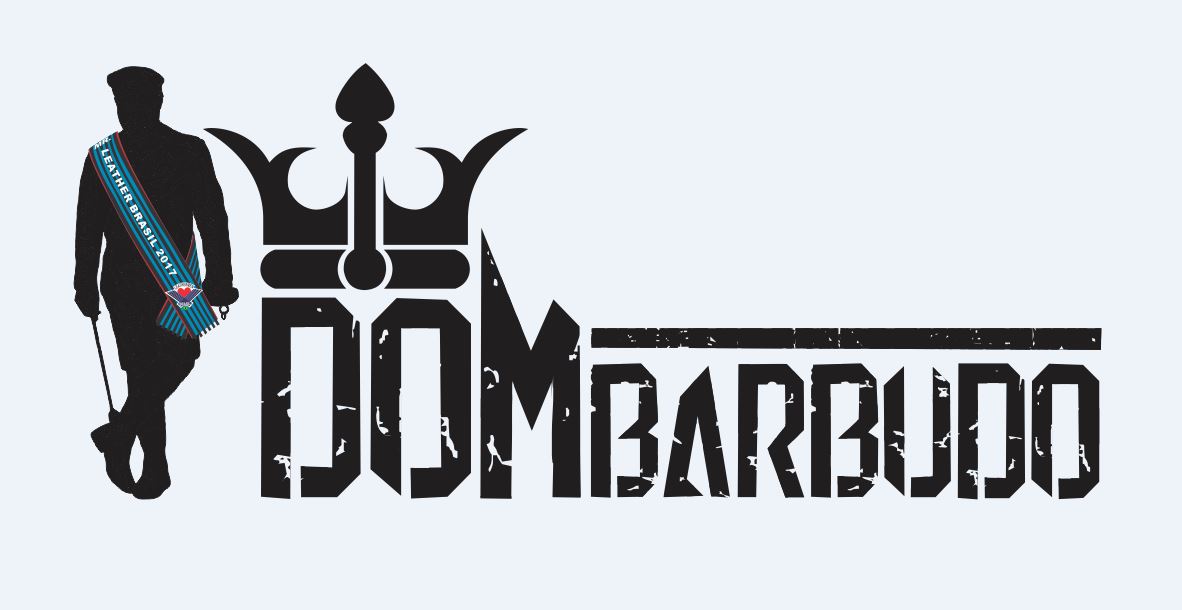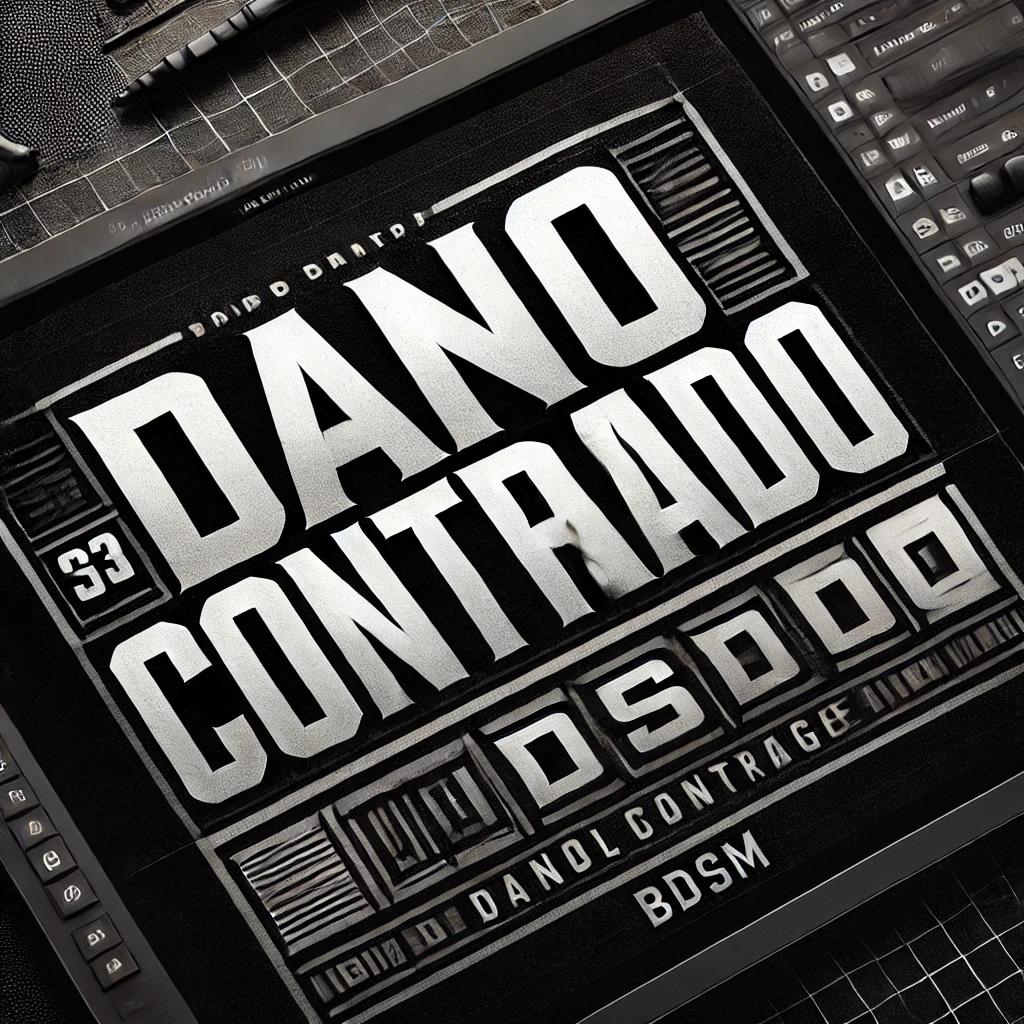📖 DANO CONTROLADO
PRÁTICA
🔑 PALAVRAS-RELACIONADAS
Impact play, dor consensual, lesão leve no BDSM, limites físicos, dor erótica, disciplina corporal, sadomasoquismo seguro.
🔠 DEFINIÇÃO
Dano Controlado é o princípio do BDSM que envolve a aplicação de dor, marcas ou pequenas lesões de forma intencional e consensual, dentro de limites negociados. A prática se baseia no controle total do dominador para garantir que os efeitos físicos sejam previsíveis e desejados, sem causar danos permanentes ou prejudicar a saúde do submisso.
🔎 SIGNIFICADO
O conceito de Dano Controlado está diretamente ligado à noção de prazer na dor e ao impacto emocional da submissão física. Muitas práticas BDSM envolvem níveis de dor que podem gerar marcas temporárias, como hematomas, arranhões e vergões, sendo parte do desejo do submisso de se entregar ao domínio do outro. O termo reforça a diferença entre o BDSM consensual e qualquer forma de abuso, pois o dano gerado é deliberadamente administrado, respeitando a integridade do participante.
A ideia principal é que a dor tenha um propósito: reforçar a sensação de entrega, intensificar o prazer, testar limites ou satisfazer o desejo do dominador de impor disciplina. O controle vem do conhecimento técnico e da experiência do dominador, que sabe exatamente onde bater, com que intensidade e quais acessórios usar para gerar os efeitos desejados sem ultrapassar os limites.
🔗 APLICAÇÃO
O Dano Controlado se manifesta em diversas práticas BDSM, como spankings, flagelações, clamps, candle wax play, caning e até mesmo CBT (cock and ball torture). Cada uma dessas práticas pode gerar marcas ou incômodos que são desejados e planejados.
A negociação antes da cena é essencial para definir até onde o submisso quer ir, qual nível de dor ele deseja experimentar e quais marcas ele aceita ter. Dominadores experientes sabem como usar diferentes materiais para provocar sensações variadas, como couro, borracha, madeira ou metal, escolhendo o impacto exato que cada um gera no corpo do submisso.
🧠 IMPACTO MENTAL, FÍSICO E EMOCIONAL
Fisicamente, o Dano Controlado pode ativar a liberação de endorfinas, aumentando a resistência à dor e provocando um estado de euforia. Para o submisso, o impacto psicológico vem da entrega: ele aceita ser marcado pelo dominador e sente a dor como parte da dinâmica de poder. Para o dominador, há o prazer de ver o corpo do submisso reagindo ao estímulo, sentir a submissão através das expressões de dor e prazer, e marcar aquele corpo temporariamente como seu.
O impacto emocional pode ser profundo, pois o submisso experimenta um estado de vulnerabilidade extrema, enquanto o dominador sente a responsabilidade de controlar a cena e garantir que o jogo permaneça seguro. Para muitos, as marcas se tornam símbolos de devoção e pertencimento.
📢 RELAÇÃO COM OUTROS TERMOS
O Dano Controlado está presente em diversas práticas do BDSM, como Spanking, Impact Play, Edge Play, Flogging, Knife Play e Fire Play. Ele também se conecta com a ideia de Aftercare, já que o cuidado pós-sessão é essencial para recuperar o corpo e reforçar a conexão emocional entre dominador e submisso.
🔒 SIMBOLOGIA E REPRESENTAÇÃO NO BDSM
Marcas no corpo são símbolos visíveis da cena que aconteceu. Elas representam a entrega do submisso e a habilidade do dominador de conduzir a prática com segurança e precisão. Em algumas dinâmicas, as marcas podem ser motivo de orgulho para o submisso, reforçando a intensidade da experiência vivida.
🤝 NEGOCIAÇÃO
Antes de qualquer prática que envolva Dano Controlado, é fundamental discutir níveis de dor aceitáveis, zonas seguras para impacto e limites individuais. O uso de safewords é uma ferramenta essencial para garantir que o submisso possa parar a cena caso algo ultrapasse seu limite. Diferenciar BDSM consensual de abuso é crucial, garantindo que toda dor aplicada seja desejada e tenha um propósito dentro da dinâmica.
💊 CUIDADOS ANTES E DEPOIS
Para evitar problemas de recuperação, é recomendado aplicar cuidados básicos como o uso de cremes para hematomas, compressas frias para reduzir inchaços e hidratação da pele em áreas sensibilizadas. A conversa pós-sessão também faz parte do processo, ajudando o submisso a processar as sensações e reforçar a confiança entre as partes.
🚀 IMPACTO FINAL
No BDSM, dor e prazer andam juntos. O Dano Controlado não é sobre sofrimento, mas sobre explorar limites com segurança, respeito e desejo mútuo.
🔍 PERGUNTAS COMPLEMENTARES – DANO CONTROLADO
-
O que diferencia o Dano Controlado de um simples ato de violência?
É a intenção, o consentimento e o domínio técnico. No Dano Controlado, tudo é planejado: onde bater, com o quê, por quanto tempo. A dor tem propósito, limites e contexto. Não há caos, há entrega monitorada. O submisso não sofre — ele sente. E sente porque quer, porque confia. -
Por que muitos submissos sentem prazer em sair marcados após uma cena?
Porque a marca não é só física. É um lembrete silencioso de que ele foi tocado, usado, moldado por alguém que ele escolheu obedecer. Cada vergão carrega a memória do momento em que ele disse “sim” com o corpo. E isso vira símbolo: de resistência, de tesão, de pertencimento. -
Quais são os principais gatilhos mentais ativados durante o Dano Controlado?
Entrega, vulnerabilidade e validação. O submisso entra num estado onde tudo é sensação, sem espaço pra controle. O Dominador, por outro lado, se alimenta da reação — do olhar, do gemido, do arrepio. A cena vira um campo psicológico de comando e resposta. -
Existe erotismo na precisão com que o dano é aplicado?
Total. Quando um Dominador sabe exatamente onde bater, com qual força, qual objeto… isso não é só técnica — é arte. A excitação está no controle absoluto. E o submisso percebe isso. Saber que está nas mãos de alguém que domina o próprio sadismo, e ainda assim escolhe até onde ir, é profundamente erótico. -
Como o Dano Controlado pode influenciar a dinâmica emocional entre Dominador e submisso?
Ele intensifica o laço. A dor recebida é um presente de confiança. A dor aplicada é uma expressão de autoridade. Quando bem conduzida, essa troca gera conexão emocional poderosa, baseada em honestidade, entrega e cuidado mútuo. -
Qual o impacto simbólico de um corpo marcado após uma sessão de Dano Controlado?
É um corpo que falou sem palavras. As marcas contam a história do que foi vivido, do quanto o submisso aguentou, do quanto o Dominador guiou. Cada marca é uma assinatura: temporária na pele, permanente na memória. E quem vive isso, não esquece.

📖 1 – CONTROLLED DAMAGE
PRACTICE)
🔑 2 – RELATED TERMS
Impact play, consensual pain, light BDSM injury, physical limits, erotic pain, corporal discipline, safe sadomasochism.
🔠 3 – DEFINITION
Controlled Damage is a BDSM principle that involves the intentional and consensual application of pain, marks, or minor injuries within clearly negotiated limits. This practice is based on the Dominator’s total control to ensure that all physical effects are deliberate, predictable, and desired—without causing permanent harm or jeopardizing the submissive’s health.
🔎 4 – MEANING
The concept of Controlled Damage is deeply tied to the pleasure found in pain and the emotional intensity of physical submission. Many BDSM practices involve levels of pain that can produce temporary marks like bruises, scratches, or welts—often part of the submissive’s desire to surrender to someone else’s will. The term reinforces the fundamental distinction between consensual BDSM and abuse, as the inflicted damage is precisely administered with full awareness and agreement.
The key idea is that pain must have a purpose: enhancing the sense of surrender, intensifying pleasure, testing limits, or fulfilling the Dominator’s desire to impose discipline. Control lies in the technical skill and experience of the Dominator, who knows exactly where to strike, how hard, and which tools to use in order to create the desired effects without crossing negotiated boundaries.
🔗 5 – APPLICATION
Controlled Damage shows up in various BDSM practices, including spankings, floggings, clamps, candle wax play, caning, and even CBT (cock and ball torture). Each of these can create physical discomfort or visible marks that are expected and welcomed.
Pre-scene negotiation is essential to define how far the sub is willing to go, what level of pain they’re eager to explore, and what kind of marks are acceptable. Experienced Dominators know how to use different materials—leather, rubber, wood, or metal—to produce a wide range of sensations, each one chosen based on how it affects the sub’s body and mind.
🧠 6 – MENTAL, PHYSICAL AND EMOTIONAL IMPACT
Physically, Controlled Damage can trigger endorphin release, heightening pain tolerance and creating a euphoric state. For the sub, the psychological impact lies in the act of surrender—they accept being marked by the Dominator and feel the pain as part of the power exchange. For the Dominator, there’s a deep satisfaction in witnessing the sub’s reactions, reading their pain and pleasure, and marking their body temporarily as a sign of possession.
The emotional intensity can be profound. The sub may enter a state of extreme vulnerability, while the Dominator assumes full responsibility for controlling the scene and ensuring safety. For many, the resulting marks become tokens of devotion and belonging.
📢 7 – CONNECTION WITH OTHER TERMS
Controlled Damage is present in many BDSM practices, including Spanking, Impact Play, Edge Play, Flogging, Knife Play, and Fire Play. It also links to Aftercare, since proper post-scene support is vital to help the body recover and to strengthen the emotional bond between Dominator and submissive.
🔒 8 – SYMBOLISM AND REPRESENTATION IN BDSM
Marks on the body are visible symbols of the scene that took place. They represent the sub’s surrender and the Dominator’s skill in delivering pain with precision and care. In certain dynamics, these marks are badges of pride for the sub, reinforcing the intensity of the experience they endured and enjoyed.
🤝 9 – NEGOTIATION
Before engaging in any practice involving Controlled Damage, it’s crucial to discuss pain thresholds, safe impact zones, and personal boundaries. Safewords are essential tools that allow the sub to stop the scene if limits are breached. Distinguishing consensual BDSM from abuse is key—every mark must be wanted, every pain must serve a purpose within the power dynamic.
💊 10 – BEFORE AND AFTERCARE
To support proper recovery, basic aftercare steps are recommended—use of bruise creams, cold compresses to reduce swelling, and moisturizing sensitized skin. Post-scene conversations are part of the ritual, helping the sub process the experience and deepening mutual trust and emotional connection.
🚀 FINAL IMPACT
In BDSM, pain and pleasure go hand in hand. Controlled Damage isn’t about suffering—it’s about exploring boundaries with safety, precision, and shared desire.
🔍 COMPLEMENTARY QUESTIONS – CONTROLLED DAMAGE
-
What sets Controlled Damage apart from simple violence?
It’s about intention, consent, and technical mastery. In Controlled Damage, everything is premeditated: where to strike, with what, for how long. Pain is not chaos — it’s structure. It’s not about hurting, it’s about provoking intense sensations within a framework of trust. The submissive isn’t suffering — they’re surrendering. And they’re doing it because they want to, because they trust the one in control. -
Why do many submissives take pride in the marks left after a scene?
Because those marks are more than bruises — they’re reminders. Every welt is a silent memory of being touched, dominated, reshaped by someone they willingly submitted to. Each mark becomes a symbol of intensity, pleasure, resilience, and belonging. For many, they are trophies — proof of having endured and obeyed. -
What mental triggers are activated during Controlled Damage scenes?
Surrender, vulnerability, and validation. The submissive enters a sensory state where control slips away, replaced by sensation and obedience. The Dominant, in turn, feeds on reactions — the shivers, the moans, the eye contact. The entire scene becomes a psychological dance of power and submission. -
Is there eroticism in the precision of how pain is delivered?
Absolutely. A Dominant who knows exactly where to strike, how hard, with what tool — that’s not just skill, it’s seduction. The eroticism lies in the accuracy, the mastery, the discipline behind each blow. The submissive senses it too. Knowing they’re being guided by someone who controls even their cruelty is intoxicating. -
How does Controlled Damage influence the emotional connection between Dominant and submissive?
It strengthens it. Pain given and received within limits becomes a powerful form of trust. The Dominant feels honored with the submissive’s body and trust. The submissive feels validated, tested, and owned. It creates a bond — raw, intimate, and uniquely emotional. -
What is the symbolic impact of a marked body after a Controlled Damage session?
It’s a body that tells a story. Those marks are the visible result of obedience, resistance, and surrender. They show that something real happened — something intense, earned, and unforgettable. Each mark is a signature left by the Dominant — temporary on the skin, eternal in the submissive’s memory.







